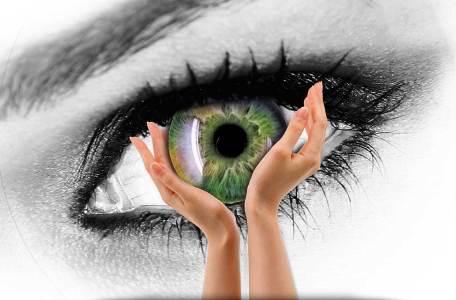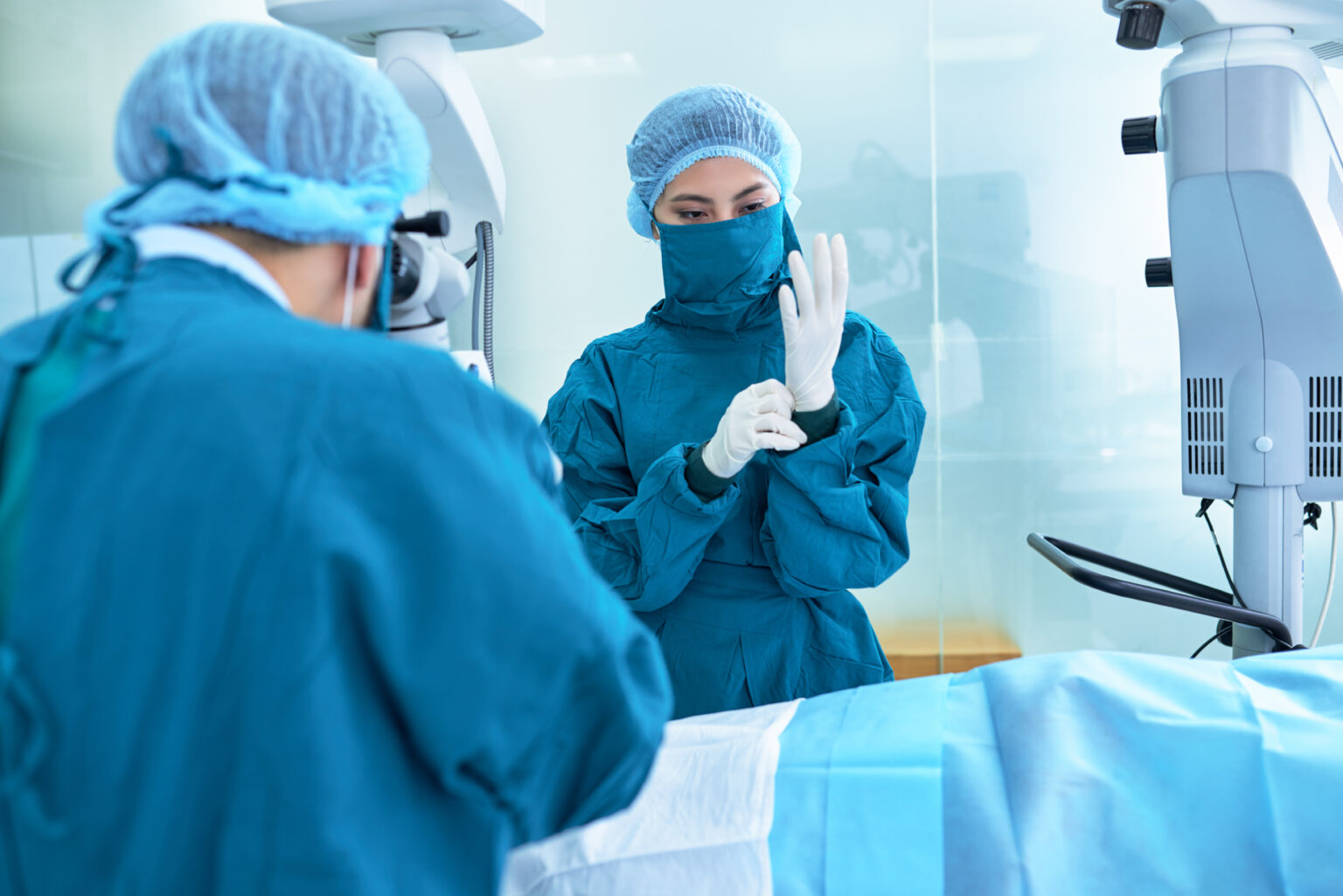 Content Gap Analysis – Find What Competitors Are Missing!
Content Gap Analysis – Find What Competitors Are Missing!
Common Eye Diseases and Their Treatments: A Guide by Ophthalmologists
Written by Omkar Eye Care » Updated on: June 17th, 2025 214 views

Our eyes are one of the most vital organs, allowing us to see and experience the world. However, various eye diseases can impact vision and overall eye health. While some conditions are minor and temporary, others may require medical intervention from an ophthalmologist. Understanding these common eye diseases and their treatments can help in early diagnosis and proper management.
1. Cataracts
What Are Cataracts?
Cataracts occur when the eye’s natural lens becomes cloudy, leading to blurred or dull vision. This condition is common in older adults but can also result from genetic factors, diabetes, prolonged exposure to UV rays, or eye injuries.
Treatment
The only effective treatment for cataracts is surgery. During the procedure, an ophthalmologist removes the cloudy lens and replaces it with an artificial intraocular lens (IOL). Cataract surgery is one of the most commonly performed and highly successful procedures, significantly improving vision.
2. Glaucoma
What Is Glaucoma?
Glaucoma is a group of eye diseases that damage the optic nerve, often due to increased intraocular pressure. If left untreated, it can lead to permanent vision loss. Since glaucoma typically develops gradually, many people may not notice symptoms until significant damage has occurred.
Treatment
Treatment depends on the severity of the condition. The most common options include:
Prescription Eye Drops: Help reduce eye pressure by improving fluid drainage or reducing fluid production.
Laser Therapy: Procedures like selective laser trabeculoplasty (SLT) can enhance drainage.
Surgery: In severe cases, trabeculectomy or drainage implants may be required to lower eye pressure and prevent further damage.
3. Age-Related Macular Degeneration (AMD)
What Is AMD?
AMD affects the macula, the central part of the retina responsible for sharp vision. It is a leading cause of vision loss in older adults and occurs in two forms: dry AMD (more common) and wet AMD (more severe).
Treatment
While there is no cure for AMD, treatments can slow its progression:
Lifestyle Changes: A diet rich in leafy greens, fish, and antioxidants can help maintain eye health.
Medications: Anti-VEGF injections can reduce abnormal blood vessel growth in wet AMD.
Low Vision Aids: Magnifiers and special glasses can help improve vision for those with significant AMD-related vision loss.
4. Diabetic Retinopathy
What Is Diabetic Retinopathy?
Diabetic retinopathy is a complication of diabetes that damages the blood vessels in the retina. It can cause vision loss and blindness if not managed properly. Symptoms include floaters, blurry vision, and difficulty seeing at night.
Treatment
The best way to prevent diabetic retinopathy is to manage blood sugar levels. Additional treatments include:
Laser Therapy (Photocoagulation): Helps seal leaking blood vessels.
Anti-VEGF Injections: Prevent the growth of abnormal blood vessels.
Vitrectomy Surgery: Removes blood and scar tissue in advanced cases.
5. Dry Eye Syndrome
What Is Dry Eye Syndrome?
Dry eye syndrome occurs when the eyes do not produce enough tears or the tears evaporate too quickly. It can cause irritation, redness, burning sensations, and blurred vision.
Treatment
Artificial Tears and Lubricating Eye Drops: Provide relief from dryness.
Prescription Medications: Drugs like cyclosporine (Restasis) can help increase tear production.
Punctal Plugs: Small devices inserted into tear ducts to retain moisture.
Lifestyle Modifications: Reducing screen time, using humidifiers, and staying hydrated can help manage symptoms.
6. Conjunctivitis (Pink Eye)
What Is Conjunctivitis?
Conjunctivitis is an inflammation of the conjunctiva, the thin membrane covering the eye. It can be caused by viruses, bacteria, allergies, or irritants. Symptoms include redness, itching, swelling, and discharge.
Treatment
Viral Conjunctivitis: Usually resolves on its own within a few days. Warm compresses can help soothe symptoms.
Bacterial Conjunctivitis: Requires antibiotic eye drops or ointments.
Allergic Conjunctivitis: Treated with antihistamine eye drops and avoiding allergens.
Finding the right care for eye conditions like cataracts, glaucoma, or dry eyes is essential for long-term vision health. A trusted eye specialist in Chinchwad offers expert diagnosis and personalized treatments, ensuring you receive the best care for your condition. Whether it’s advanced surgery or routine checkups, having a skilled ophthalmologist nearby makes all the difference in protecting your sight.
Conclusion
Maintaining eye health requires regular check-ups with an ophthalmologist, especially if you experience vision changes or discomfort. Early detection and treatment can prevent complications and help preserve eyesight. By staying informed about common eye diseases and their treatments, individuals can take proactive steps toward better eye health.
Note: IndiBlogHub features both user-submitted and editorial content. We do not verify third-party contributions. Read our Disclaimer and Privacy Policyfor details.
Copyright © 2019-2025 IndiBlogHub.com. All rights reserved. Hosted on DigitalOcean for fast, reliable performance.














